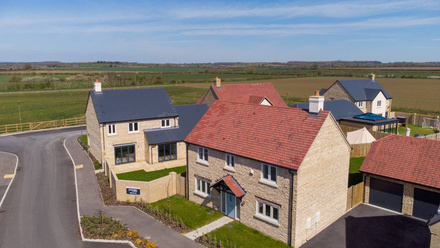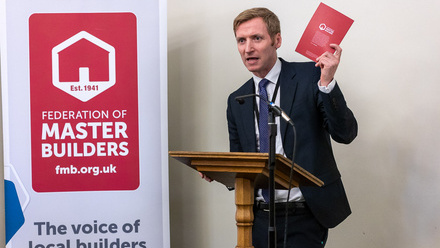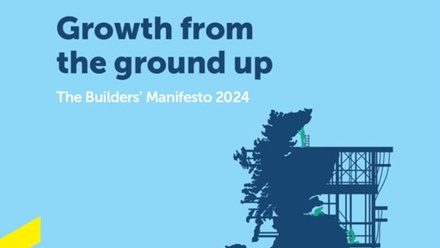The Building Safety Bill, introduced by the Government in response to the Grenfell Tower tragedy and Dame Judith Hackitt’s ensuing review, paves the way for the biggest reform of building safety regulation for decades. The new regime applies to higher-risk buildings which means they are at least 18 metres in height or have seven storeys and have at minimum two residential units.
“It will give residents and homeowners more rights, powers and protections, creating lasting generational change, setting out a clear pathway on how residential buildings should be constructed, maintained and made safe,” says the Department for Levelling Up, Housing and Communities.
It also sets out the framework to improve compliance, requiring developers to belong to a New Homes Ombudsman scheme, with tougher penalties for those who break the rules.
When will the new Bill be introduced?
The new Bill is currently undergoing Parliamentary scrutiny and is expected to receive Royal Assent around April 2022, with the bulk of the new regulatory regime due to come into force in 2023. The Government has published a Transition Plan, which provides details of timeframes but further details will be released during the passage of the Bill.
Introducing a new Building Safety Regulator
A new Building Safety Regulator, which will sit within the Health and Safety Executive (HSE) and report to the Secretary of State, will be responsible for implementing the new regulatory regime.
Over the coming months the Regulator, which has been established in shadow form, will engage with residents, building owners, the construction industry, and professionals about how the new regime will operate in practice, and what action they can take to manage building safety risks so that they are ready for the changes ahead.
It will have approval, enforcement and prosecutorial powers including the power to appoint building control inspectors, for higher risk building work and all building control practitioners will need to be licensed and have to prove their competence to practice.
Improving building control registration and regulatory oversight
Building control inspectors will be responsible and legally liable for their decisions and will be required to register with a new Building Safety Regulator.
The regulator will establish and maintain a register of building inspectors and building control approvers and collect and analyse information about the performance of building control work, making recommendations to drive up standards across the sector.
It will also have the power to set minimum performance standards, with the powers to investigate non-compliance and sanction individual inspectors if they breach a code of conduct.
Creating a national regulator for construction products
A National Regulator for Construction Products will be established within the Office for Product Safety and Standards (OPSS) to lead and co-ordinate the enforcement of the strengthened construction product regulations.
It will have powers to enter, inspect and search premises, remove products that pose a safety risk from the market and impose civil sanctions including fines, as well as maintaining a national complaints system.
It will also support local Trading Standards to highlight and deal with concerns quickly, as well as providing support to the industry to improve compliance and giving technical advice to the government.
The National Regulator for Construction Products will begin to operate using its full powers once the Building Safety Bill and corresponding secondary legislation come into effect (estimated to be within 12-18 months of the Bill being granted Royal Assent).
In the meantime, OPSS has started to set up its construction products functions, working with other regulators within the scope of the existing regime in preparation for the legislation coming into effect.
Developers to pay a Building Safety Levy
A levy is to be introduced on developers when they apply for building control approval for higher-risk residential buildings in England. This covers residential buildings or care homes over 18 metres or seven storeys. The Government is currently consulting on exclusions.
There will be sanctions for failure to pay the levy and three regulatory “Gateways” will be implemented at key stages, with the aim of strengthening regulatory oversight of design and construction:
- Gateway one – at the planning application stage
- Gateway two – before building work starts
- Gateway three – when building work is completed
These will be stop / go decision points that must be passed before a development can proceed to the next stage.
The Government has pledged to take steps to ensure that small and medium-sized builder companies are protected, so that the levy, which will contribute towards the government’s costs for remediating historical building safety defects, doesn’t exclude smaller builders from taking on such projects.
The Levy Consultation, launched on 21 July seeks views on how the design of the levy might protect small and medium-sized builders.
What happens next?
There is some way to go before the Bill is implemented with secondary legislation likely to be developed over the next year or so, and the Government is continuing to consult with the building industry on some of the finer details.
In the meantime, it is a good idea to keep up to date with the Bill’s passage through parliament and to be aware of how the changes will affect the wider construction sector and the knock-on effect it could have on your business.





